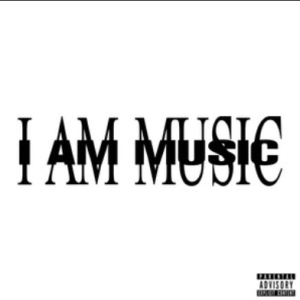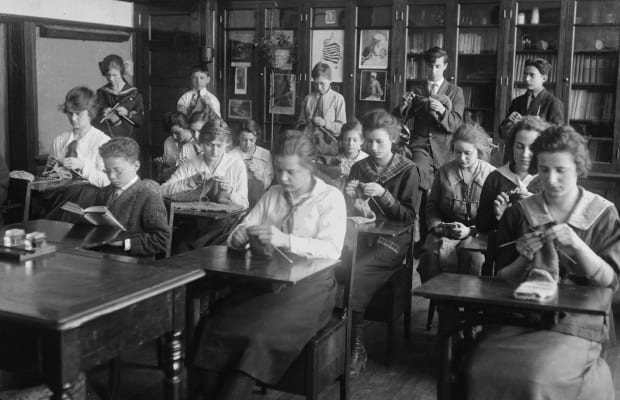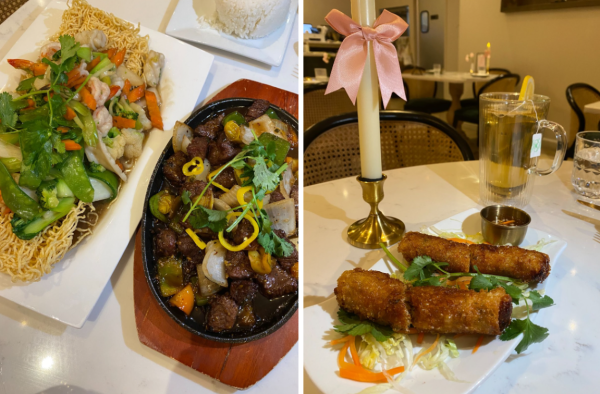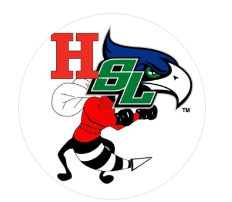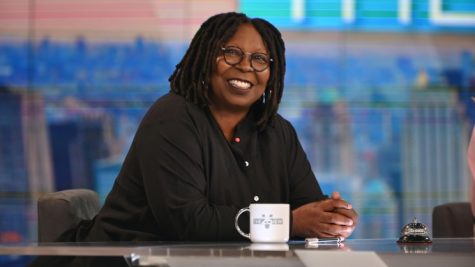School During a Pandemic: Covid-19 vs. 1918 Spanish Flu
While the 1918 Spanish Flu happened over 100 years ago, there are many interesting similarities and differences between the responses to the 1918 Flu and COVID-19. A lot of the methods we’re using now to prevent the spread were also used during the 1918 pandemic. Wearing masks, social distancing, closing schools, holding events outside, and trying not to cough or sneeze are just a few to name. Schools that stayed open during the Spanish Flu pandemic had students social distance and sent home any student showing symptoms, just like South Lakes. The news was spread about these guidelines in many different ways, but advertisements on streetcars and newspaper ads were the most common. Scientists didn’t know much about influenza viruses and what caused them, and as a result, none of the vaccines created during the pandemic were successful.
The Spanish Influenza pandemic was first reported in February of 1918 and lasted about two years, eventually ending in April of 1920. The pandemic had two main waves. The first wave had relatively mild symptoms, but was especially contagious. The second wave was extremely deadly and still greatly contagious. It was first reported in Spain because Spain was a neutral country in World War I, and therefore didn’t have to censor any news that could hurt the war effort. However, the virus didn’t actually originate there. Scientists don’t know for sure where it started, but many claim it either originated in a military base in Kansas or in China. The virus’s contagious nature allowed it to spread rapidly and soon it affected nearly the entire world, heavily and permanently impacting the education system.
School During 1918
During the 1918 pandemic, most schools closed down. School enrollment drastically increased in the late 1800s with more students attending public school than ever before. Newspaper articles from 1918 described students “holding regular telephonic conversations with their instructors.” But even with a sudden peak of cases, New York and Chicago schools stayed open. Dr. Royal Copeland, Health Commissioner of New York, stated that “[children should] leave their often unsanitary homes for large, clean, airy school buildings, where there is always a system of inspection and examination enforced.” Schools were reorganized to allow for better ventilation and less risk of disease transmission, and many cities created mandatory medical inspections where doctors came by schools to monitor student health and hygiene. If a student showed any symptoms then they would be sent home and isolated, similar to how students go on pause here at South Lakes.
Back then, about 75% of students lived in tenement buildings, with unhygienic and overcrowded conditions that made the inhabitants incredibly likely to get infected. Most homes didn’t have air conditioning, and kids were often left completely unsupervised during a dangerous global pandemic. Unlike COVID-19, young children were most vulnerable to the Spanish Flu, and schools aimed to be a safe and sanitary haven for children. Before the pandemic, most schools didn’t have a nurse, and those that did only sent children home and didn’t do anything to help. School nurses became much more common after, and they started giving medical diagnoses to sick children.
Virtual Learning during COVID-19
The emergence of virtual learning from the COVID-19 pandemic will likely change education forever. Globally, 1.2 billion students were out of school, and most schools adapted by switching to fully virtual learning. Classes were held online over computers, and teachers would teach as usual but with less student interaction. Students mostly used the chat to communicate with their teachers and classmates, and rarely ever turned on their cameras or mics unless forced to.
My experience with virtual learning was mostly beneficial. I would start off the school day by waking up about 5-10 minutes before class, grabbing breakfast, and logging in to class. Since it was all online and classes didn’t require cameras or microphones on, most students logged in to class still in their PJs. South Lakes sophomore Sarina Nayak said, “I appreciated being able to sleep in a little more during the day. The Asynchronous Mondays were really helpful to catch up on work.” Overall, studies show that students tend to get lower grades online than they do in person. Virtual learning doesn’t successfully hold students accountable, with the extra distractions being at home brings, and how easy it is to not pay attention at all in class, teachers have no way to consistently see that a student is on task. According to Sarina Nayak, “it was really easy to get distracted, and I would often miss important information. For me, in-person school is definitely more effective.”
While there are many differences between school during the Spanish Flu pandemic and COVID-19, there are also plenty of similarities. It shows how some of the experiences and problems we face have often remained the same throughout history.

Emily Conway is a freshman at South Lakes High School and a first-year Staff Writer for The Sentinel. In her free time she loves to read, write, figure...



